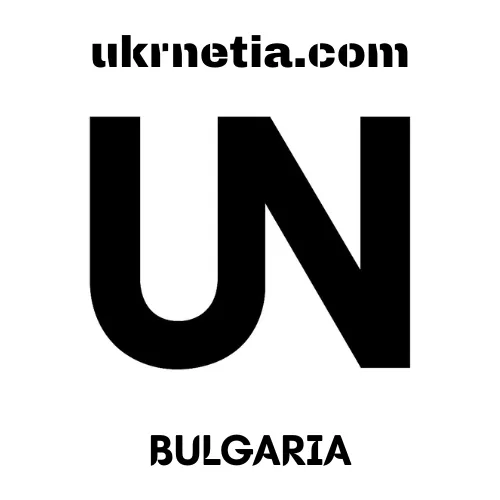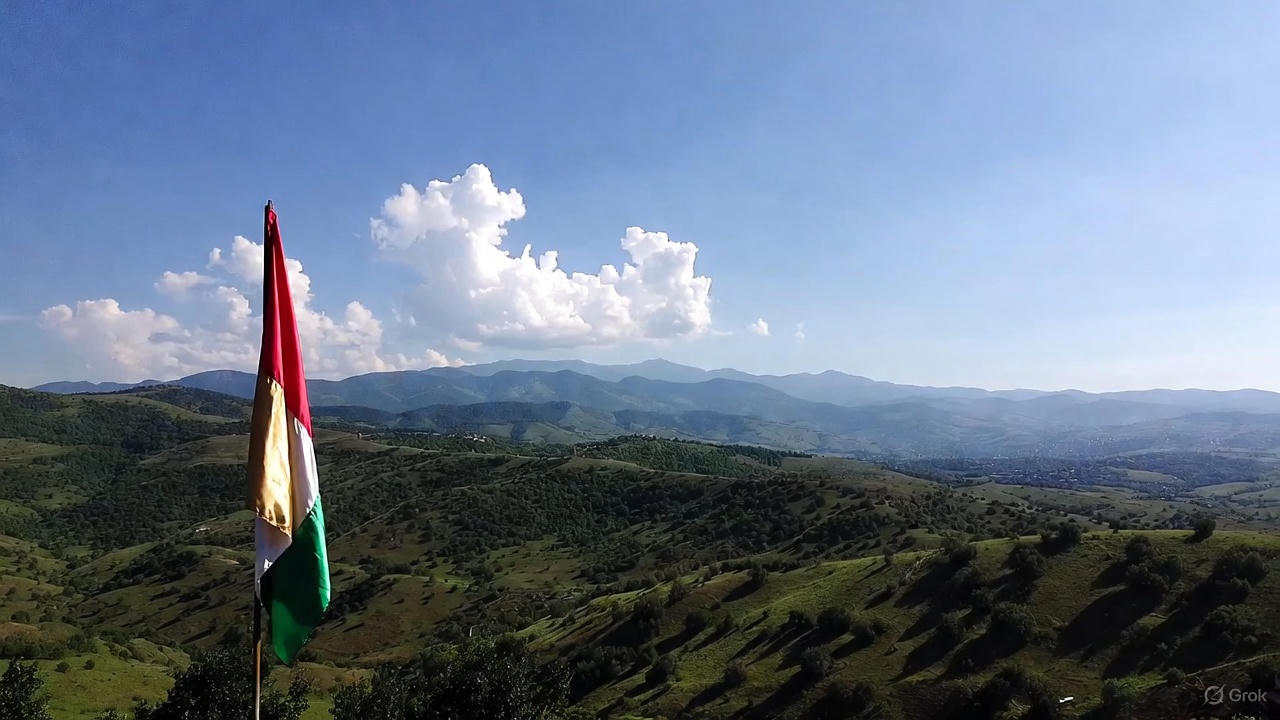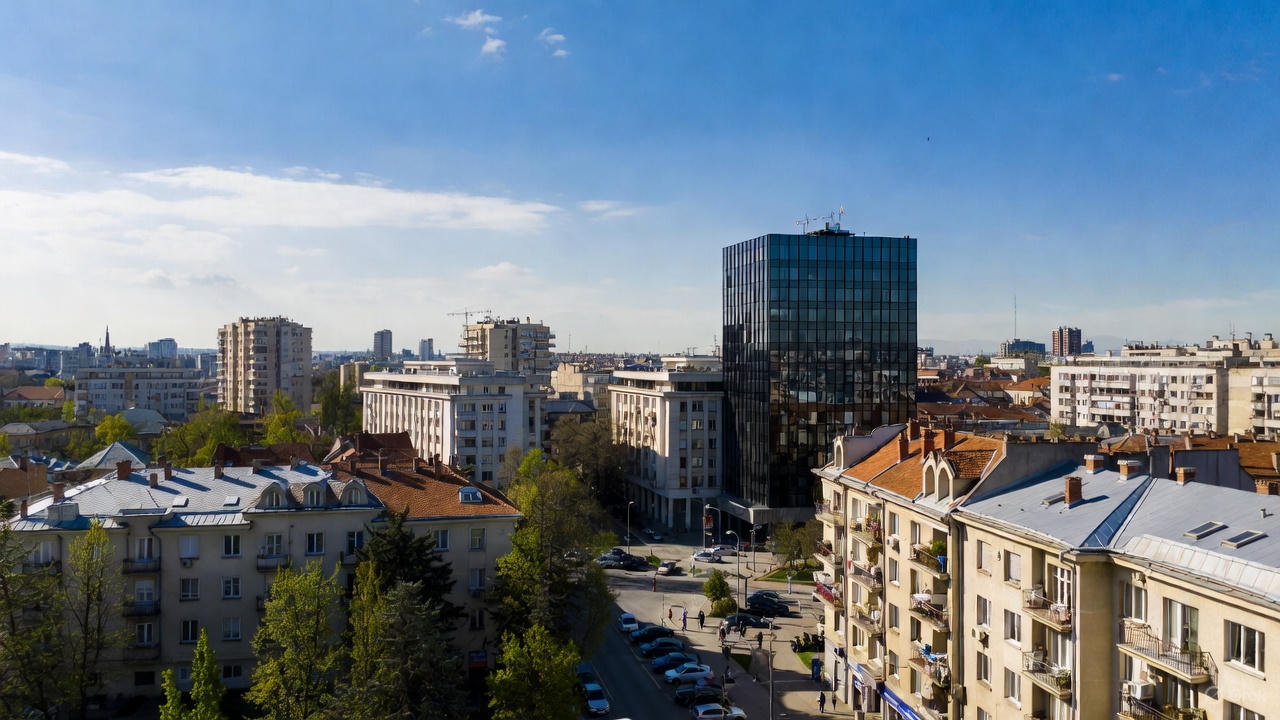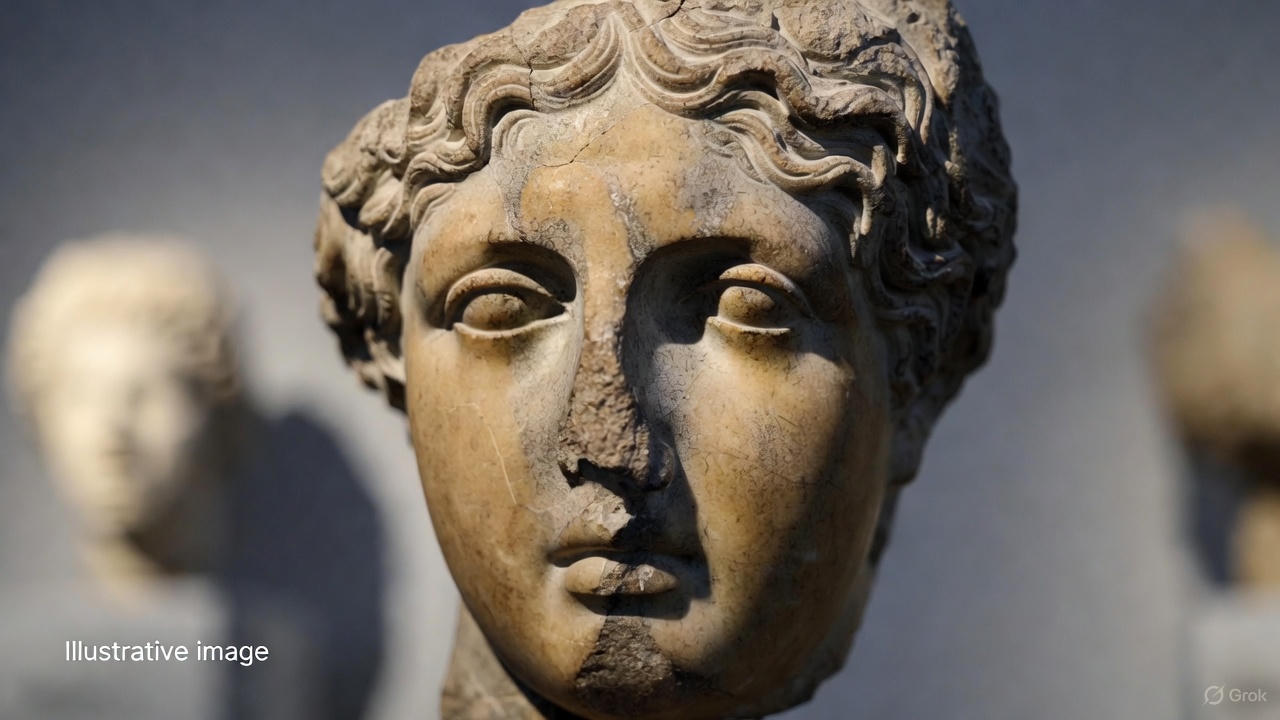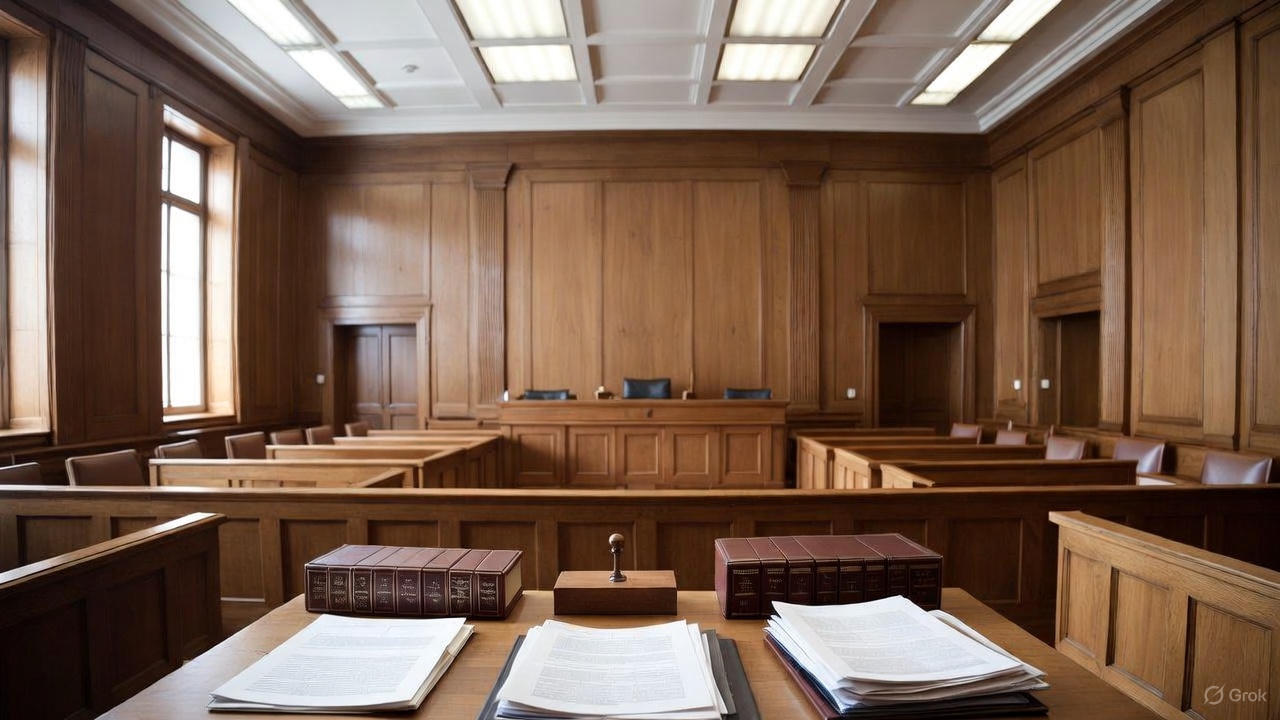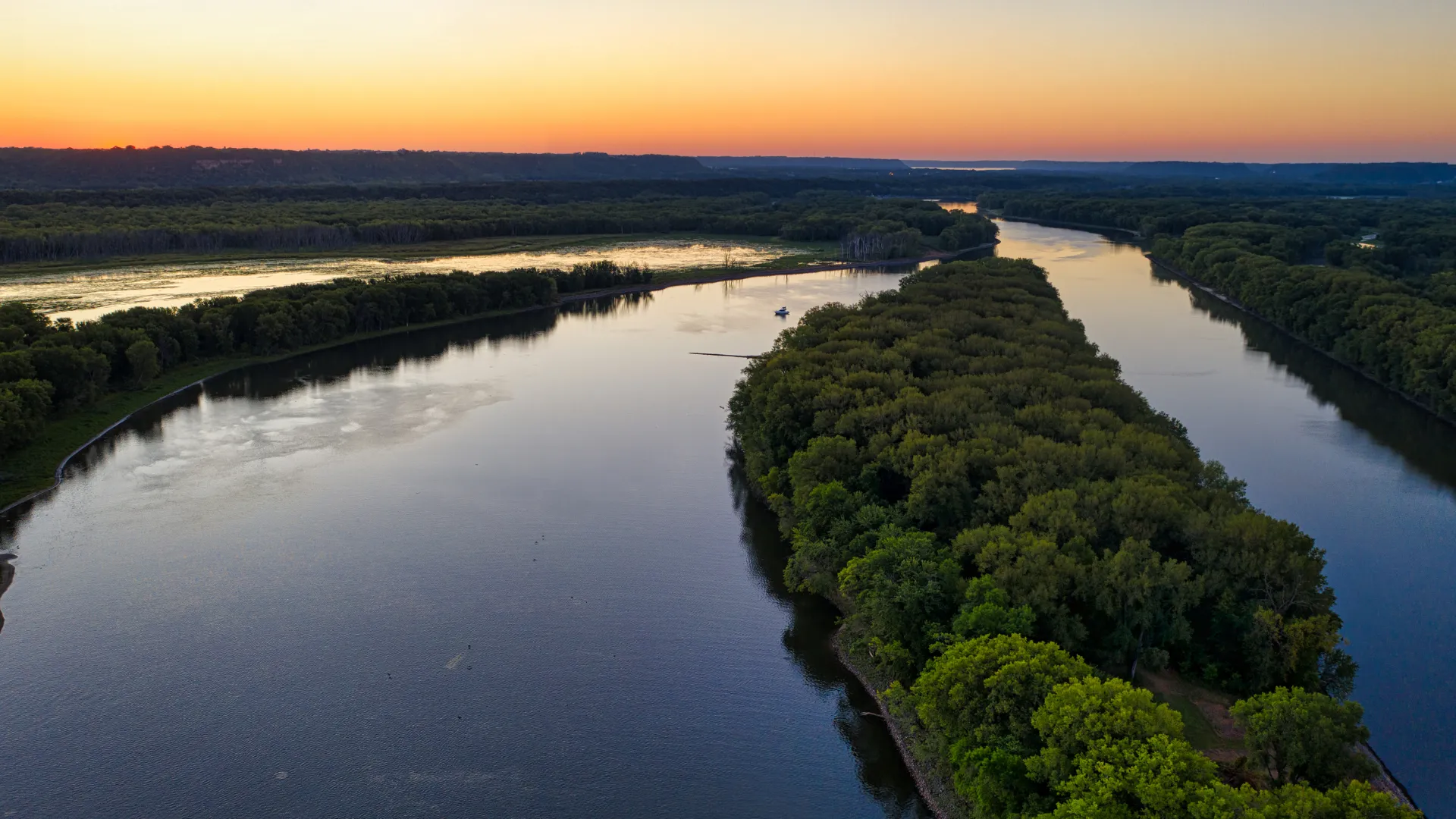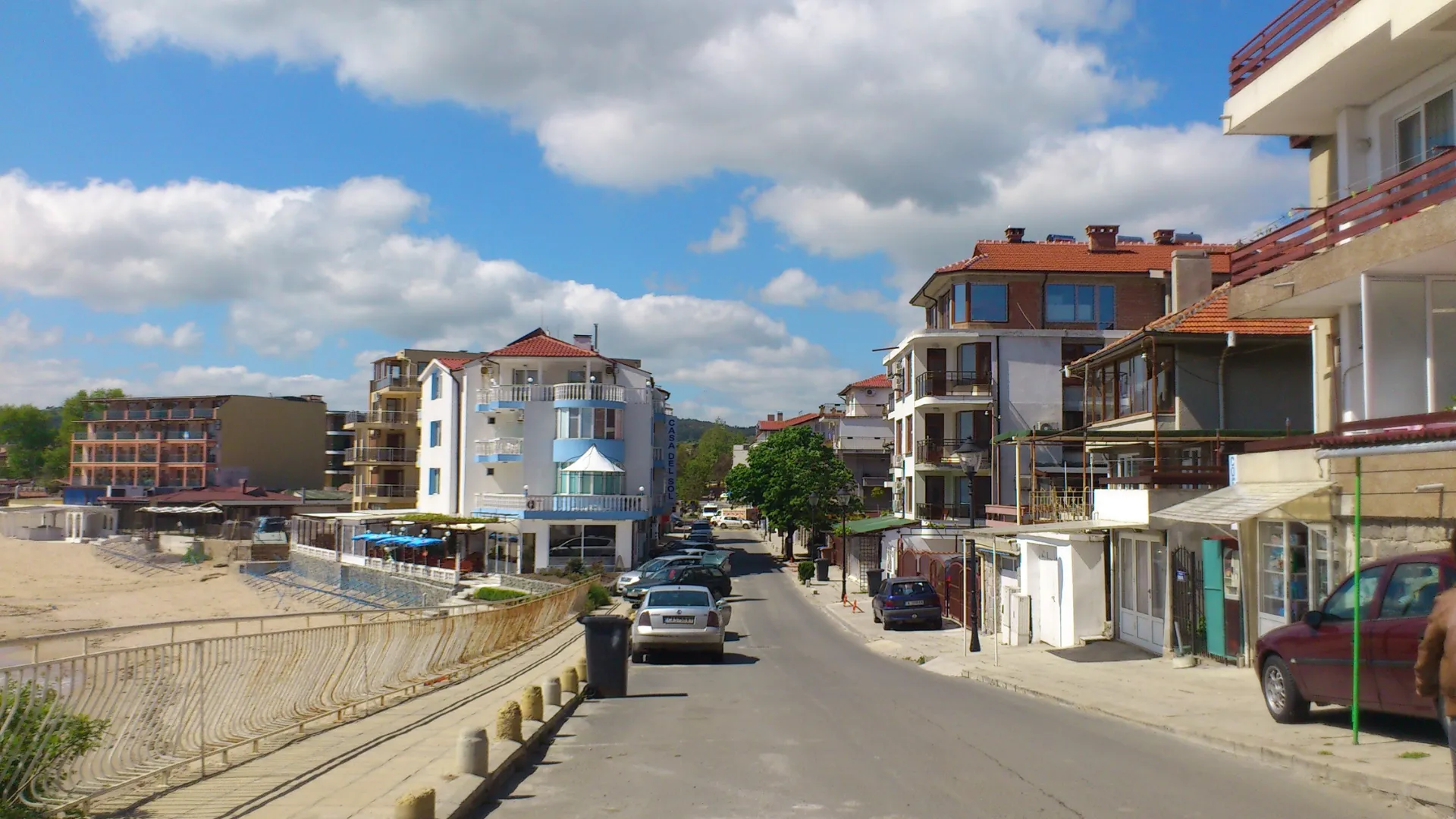Plovdiv’s Old Town: Where 8,000 Years of History Come Alive
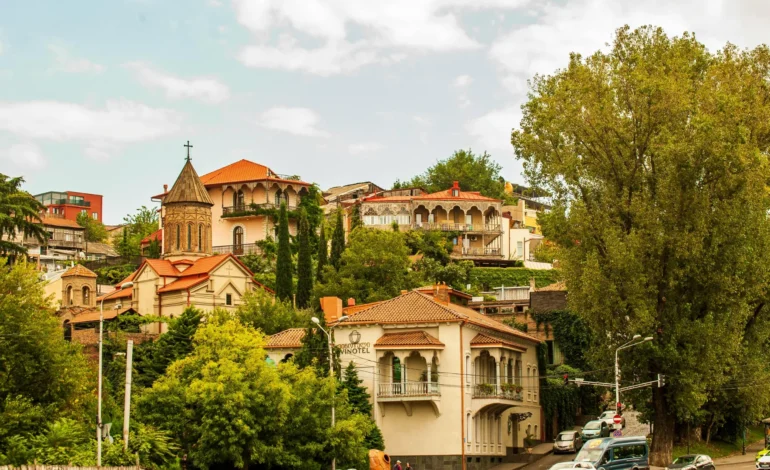
In the heart of Bulgaria’s second-largest city lies a neighborhood that defies the ordinary passage of time. Plovdiv’s Old Town, perched atop three hills in the ancient Thracian settlement once known as Philippopolis, represents one of the longest continuously inhabited urban areas in Europe. With archaeological evidence of settlement dating back to the 6th millennium BCE—some 8,000 years ago—Plovdiv stands as a living museum where Roman amphitheaters share space with Ottoman mosques, Byzantine fortifications blend with Bulgarian National Revival mansions, and modern cafés occupy buildings that have witnessed the rise and fall of empires.
This extraordinary continuity of human presence, combined with the stunning architectural heritage of the 18th and 19th centuries, earned Plovdiv the prestigious designation of European Capital of Culture in 2019. Yet despite this recognition and the influx of visitors it brought, the Old Town retains an authentic, lived-in quality that sets it apart from more sanitized heritage sites. Here, locals still reside in centuries-old houses, artists maintain studios in former merchant mansions, and the cobblestone streets echo with conversations in Bulgarian, mingling with the footsteps of curious travelers from around the world.
The Ancient Foundations: Thracians, Macedonians, and Romans
To understand Plovdiv is to appreciate the layers of civilizations that have built upon each other, creating a palimpsest of human achievement. The earliest inhabitants were Thracians, the mysterious Indo-European people who dominated much of the Balkans in antiquity. They recognized the strategic and defensive advantages of the seven hills (originally seven, though only six remain today) rising from the fertile Thracian Plain, establishing a settlement they called Eumolpias, after the mythical Thracian king Eumolpus.
The city’s importance grew dramatically when Philip II of Macedon—father of Alexander the Great—conquered it in 342 BCE and refounded it as Philippopolis, literally “Philip’s City.” This marked the beginning of the city’s Hellenistic period, during which Greek culture, architecture, and political systems took root alongside the indigenous Thracian traditions.
However, it was under Roman rule, beginning in 46 CE when Thrace became a Roman province, that Philippopolis truly flourished as one of the major cities of the empire. The Romans transformed it into Trimontium (meaning “Three Hills,” referring to the three hills of the Old Town), and invested heavily in public buildings, theaters, stadiums, forums, and infrastructure. At its peak in the 2nd century CE, the city boasted a population of approximately 100,000 people, making it one of the largest urban centers in the region.
The most spectacular surviving monument from this golden age is the Ancient Theatre of Philippopolis, one of the best-preserved Roman theaters in the world. Discovered accidentally during a landslide in 1972, this magnificent structure dates from the early 2nd century CE, during the reign of Emperor Trajan. Built into the natural slope of one of the Old Town’s hills, the theater could accommodate up to 6,000 spectators who came to watch dramatic performances, gladiatorial contests, and musical events.
What makes this theater truly exceptional is not merely its state of preservation but its continued vitality. Unlike many ancient monuments that serve solely as tourist attractions, the Ancient Theatre remains a functioning performance venue. Throughout the summer months, it hosts opera performances, concerts, and theatrical productions, allowing modern audiences to experience performances in the same space where Roman citizens once gathered for entertainment nearly 2,000 years ago. The acoustics remain superb, and there is something profoundly moving about watching a performance as the sun sets behind the Rhodope Mountains, just as countless generations have done before.
Adjacent to the theater, ongoing archaeological excavations continue to reveal more of Roman Trimontium. The Ancient Stadium, partially visible beneath the modern city’s main pedestrian street, once stretched for 180 meters and accommodated 30,000 spectators for athletic competitions. Though much of it remains buried beneath later construction, the exposed northern curve gives a powerful impression of the scale and grandeur of Roman public entertainment architecture.
The Roman Forum, marketplace, and administrative center of ancient Philippopolis, has been partially excavated and can be visited just steps from the modern city center. Visitors can walk among the ruins of columns, see the remains of the odeon (a smaller theater for musical performances and public meetings), and view fragments of mosaic floors that once adorned public buildings and wealthy private homes.
Byzantine Fortifications and Medieval Transitions
As the Roman Empire split and eventually fell, Plovdiv found itself at the frontier of the Byzantine Empire, facing successive waves of invasions from Goths, Huns, Slavs, and Bulgarians. The city’s strategic importance demanded substantial fortifications, and the Byzantines constructed massive walls that crowned the hills of the Old Town, portions of which can still be seen today.
The Nebet Tepe (Guardian Hill), the highest of the three hills, served as the acropolis and primary defensive position. Here, visitors can walk along reconstructed sections of wall and climb the fortification towers for panoramic views across the city and surrounding plains. These walls tell a story of constant adaptation—built on Thracian foundations, reinforced by Romans, rebuilt by Byzantines, and modified by Bulgarians and Ottomans—they represent the continuous military importance of controlling these heights.
The medieval period saw Plovdiv pass repeatedly between Byzantine and Bulgarian control, with brief periods of Crusader occupation. Each transfer of power left its mark on the city’s culture, architecture, and population. The Bulgarian khans and tsars who periodically controlled the city built churches and monasteries, some of which survive in modified form within the Old Town’s fabric.
The Ottoman Era: Four Centuries of Eastern Influence
In 1364, Plovdiv fell to the advancing Ottoman Empire, beginning a period of Ottoman rule that would last until 1878—more than five centuries during which the city, now known as Filibe in Turkish, would acquire a distinctly Eastern character that still influences its appearance and culture today.
The Ottomans did not destroy the city but rather built upon and around the existing structures, creating a layered urban landscape. They constructed mosques, baths, bazaars, and private residences in the Ottoman architectural style, many of which survive in the Old Town. The Dzhumaya Mosque, built in the 14th century on the site of the ancient forum and a previous Christian basilica, stands as one of the oldest Ottoman religious buildings in the Balkans. Its elegant minaret and peaceful courtyard create an interesting juxtaposition with the surrounding Roman ruins and Bulgarian Revival houses.
The Ottoman period also saw the development of distinct residential quarters divided along religious and ethnic lines—Muslim, Christian Bulgarian, Armenian, and Jewish neighborhoods each with their own character. This pluralistic urban structure, while reflecting the segregation common in Ottoman cities, also allowed for the preservation of distinct cultural identities within the broader urban framework.
For the Bulgarian Christian population, the Ottoman period was one of political subordination but also gradual economic advancement. By the 18th and 19th centuries, many Bulgarian families in Plovdiv had become wealthy through trade, craftsmanship, and money lending. It was these prosperous merchants who would build the magnificent houses that define the Old Town’s appearance today.
The Bulgarian National Revival: Architectural Splendor
The architectural glory of Plovdiv’s Old Town primarily dates from the Bulgarian National Revival period of the 18th and 19th centuries—a cultural and economic renaissance that preceded and prepared the ground for Bulgaria’s political liberation from Ottoman rule in 1878. During this period, Bulgarian national consciousness, language, education, and artistic traditions experienced a powerful resurgence, manifesting most visibly in a distinctive architectural style that has come to symbolize Bulgarian cultural identity.
The wealthy merchants of Plovdiv competed to build ever more impressive homes, creating what is today the largest concentration of Revival-period architecture in Bulgaria. These houses, known as “symmetrical houses” due to their balanced, harmonious design, represent a unique fusion of Bulgarian building traditions, Ottoman influences, and European Baroque elements filtered through local sensibilities and needs.
The typical Plovdiv Revival house follows a recognizable pattern while allowing for individual variation and artistic expression. Built on stone foundations, often incorporating earlier structures or Roman ruins, these houses feature two or three stories with high ceilings, thick walls, and distinctive bay windows that project over the narrow streets below. The ground floor, built of stone, typically housed storage areas, workshops, or commercial space. The upper residential floors, constructed with a timber frame filled with brick and plaster, feature large windows designed to capture maximum light and ventilation during the hot summer months.
What truly distinguishes these houses, however, is their decoration. The façades display elaborate painted designs in bright colors—ochre, blue, green, and red—with floral motifs, geometric patterns, and sometimes figurative scenes. Many feature intricate wood carving on the overhanging eaves, window frames, and projecting bay windows called “chardaks.” Inside, the walls and ceilings are decorated with painted wooden panels, often depicting idealized landscape scenes, flowers, or architectural fantasies, while niches, built-in cupboards, and low sofas create intimate, comfortable living spaces.
Among the most magnificent examples that can be visited today:
The Balabanov House, built in the mid-19th century for a wealthy merchant, showcases the height of Revival elegance. Its exterior displays the classic symmetrical façade with projecting bays, while the interior features elaborate ceiling paintings, carved wooden decorations, and a collection of period furniture. Today it serves as a museum and cultural venue, regularly hosting art exhibitions in rooms that once entertained Ottoman officials and European traders.
The Hindliyan House, originally belonging to a merchant family of Armenian origin, exemplifies the cosmopolitan nature of 19th-century Plovdiv. Built in 1835-1840, it features a stunning central hall with a decorative wooden ceiling, wall paintings that create the illusion of windows opening onto imaginary cities and landscapes, and collections of period costumes, crafts, and household items that bring the era vividly to life.
The Kuyumdzhioglu House, constructed in the 1840s, impresses with its scale and the quality of its decorative painting. The house now serves as an ethnographic museum, displaying traditional Bulgarian costumes, textiles, and crafts from the Plovdiv region. Walking through its rooms provides insight into the daily life, celebrations, and material culture of the Revival period’s elite.
The Stepan Hindliyan House, built in 1835, is remarkable for its intact interior decoration, including a spectacular reception room with a carved and painted wooden ceiling depicting Constantinople and other Ottoman cities—a reflection of the family’s far-reaching trade connections.
These houses are not isolated monuments but part of a dense urban fabric where dozens of such buildings line the narrow, winding streets of the Old Town. Walking these cobblestone lanes, where modern cars cannot easily penetrate, feels like traveling back in time. The overhanging upper floors create shaded passages below, practical for hot summer days. Cats doze on windowsills, flower pots brighten doorsteps, and occasional glimpses through open gates reveal hidden courtyards with grape vines and rose bushes—intimate private spaces that contrast with the public splendor of the façades.
The Three Hills: Distinct Characters
The Old Town spreads across three of Plovdiv’s original hills, each with its own character and attractions.
Nebet Tepe (Guardian Hill), the highest at 201 meters above sea level, served as the ancient acropolis and primary fortification. Today, it offers the best panoramic views of the city and the opportunity to walk among the restored fortification walls. The ruins here span millennia—Thracian foundations, Roman modifications, Byzantine reinforcements, and later additions all visible in the complex stratigraphy of stone walls. At sunset, this becomes a popular gathering spot for locals and visitors alike, watching as the city lights begin to twinkle below and the Rhodope Mountains turn purple in the fading light.
Dzhambaz Tepe (Acrobat Hill), the central hill, holds the Ancient Theatre and many of the finest Revival houses. This is the heart of the Old Town, where the narrow Saborna Street leads past museum houses, art galleries, craft shops, and intimate restaurants. The steep streets branching off from the main thoroughfare often end in staircases climbing between houses, creating a medieval urban texture that has somehow survived into the 21st century.
Taksim Tepe (Water Divide Hill), the eastern hill, is slightly less touristy and retains more of a residential atmosphere. Here, locals still live in traditional houses, hanging laundry in courtyards and greeting neighbors in the narrow lanes. This area offers a more authentic glimpse of Old Town life beyond the main tourist routes.
Churches, Mosques, and Religious Heritage
Plovdiv’s religious architecture reflects the city’s diverse history and population. The Church of Saints Constantine and Helena, built in 1832 during the Ottoman period, exemplifies the constraints placed on Christian religious buildings under Ottoman rule—situated in a depression so as not to appear taller than nearby mosques, with a modest exterior that gives little hint of the elaborate interior decoration. Inside, however, the church displays beautiful iconostasis work and wall paintings created by some of Bulgaria’s finest Revival-period icon painters.
The Dzhumaya Mosque, with its nine domes and slender minaret, stands as a reminder of Ottoman architectural and cultural influence. Built on layers of earlier religious structures—including a Christian basilica that itself was built on the site of the Roman forum—it represents the continuity of sacred space across different faiths and epochs.
The Imaret Mosque, now serving as an art gallery, and the remains of several hamams (Turkish baths) scattered through the Old Town, further testify to the Ottoman heritage that forms an integral part of Plovdiv’s identity.
A Living Creative Community
What prevents Plovdiv’s Old Town from becoming a mere museum is its vitality as a living neighborhood and creative hub. Artists, musicians, and writers have long been attracted to the area, drawn by the atmospheric setting, relatively affordable rents (at least compared to Sofia), and the cultural infrastructure of galleries, studios, and performance spaces.
The Kapana district, located at the base of the hills between the Old Town and the modern city center, has experienced a particularly dramatic creative renaissance in recent years. Once a somewhat run-down area of old workshops and small businesses, Kapana (meaning “The Trap” due to its maze-like street plan) has transformed into Plovdiv’s alternative cultural quarter. Street art adorns walls, independent boutiques and design studios occupy renovated workshops, craft beer bars and specialty coffee shops have proliferated, and young creatives have established studios and co-working spaces.
This revitalization, accelerated by Plovdiv’s 2019 European Capital of Culture year, demonstrates how historical urban areas can adapt and remain relevant without sacrificing their essential character. The creative energy of Kapana complements rather than competes with the more formal museum houses of the Old Town proper, offering visitors a different dimension of Plovdiv’s cultural life.
Throughout the year, but especially during summer, the Old Town hosts festivals, concerts, and cultural events. The Plovdiv Opera regularly performs at the Ancient Theatre, jazz festivals bring international musicians to atmospheric courtyards and small venues, and traditional folklore events celebrate Bulgarian music and dance traditions. The Plovdiv City Art Gallery occupies a beautifully restored Revival house, mounting exhibitions of Bulgarian art from the 19th century to the present.
Culinary Traditions and Modern Gastronomy
The Old Town’s restaurants and mehanas (traditional taverns) offer opportunities to sample both traditional Bulgarian cuisine and contemporary interpretations of regional dishes. Plovdiv, benefiting from the fertile agricultural lands surrounding it, has always enjoyed a reputation for excellent food. The region’s wine-making traditions stretch back to Thracian times, and local wines from the nearby Thracian Valley wine region appear on most menus.
Traditional dishes like shopska salad, kavarma (a slow-cooked meat and vegetable stew), kebapche (grilled minced meat), and various grilled meats pair wonderfully with local wines. The influence of centuries of interaction with Turkish, Greek, and Armenian cuisines adds layers of complexity to Plovdiv’s culinary identity. Baklava and other Ottoman-inspired sweets are readily available, while the Saturday market near the Old Town offers fresh produce, cheeses, and local delicacies.
Many restaurants occupy Revival-period houses or feature outdoor seating in atmospheric courtyards, allowing diners to enjoy their meals surrounded by historic architecture. On warm summer evenings, dining al fresco on a terrace overlooking the tiled roofs of the Old Town, with distant views of mountains, represents one of Plovdiv’s quintessential pleasures.
Practical Considerations for Visitors
Plovdiv is easily accessible, located approximately 150 kilometers southeast of Sofia along a modern highway. The journey takes about two hours by car or bus, and regular train service also connects the two cities. Plovdiv’s central location makes it an ideal base for exploring other parts of Bulgaria, with the Rose Valley, Thracian Valley wine region, and Rhodope Mountains all within easy reach.
The Old Town itself is compact enough to explore on foot, though the steep streets and staircases require a reasonable level of fitness. Comfortable walking shoes are essential, as the cobblestone streets can be uneven and slippery after rain. Most of the museum houses charge modest entrance fees, and combination tickets are available. Opening hours vary by season, with longer hours during the summer tourist season.
Accommodation options in and around the Old Town range from luxury boutique hotels in restored Revival houses to budget-friendly guesthouses and hostels. Staying within the Old Town itself offers the advantage of experiencing the area’s magical atmosphere in the early morning and evening hours when day-trippers have departed. The sound of church bells, the evening light on painted façades, and the quiet of narrow streets after dark create memories that day visitors might miss.
While summer offers the most events and longest daylight hours, it also brings heat that can be oppressive for extended walking. Spring (April-May) and autumn (September-October) provide excellent alternatives, with mild weather, fewer crowds, and the surrounding countryside at its most beautiful—spring flowers or autumn colors depending on the season.
Beyond the Old Town: Modern Plovdiv
While the Old Town rightfully claims most visitors’ attention, the modern city below the hills deserves exploration. The main pedestrian street, lined with shops, cafés, and partially covering the Ancient Stadium, pulses with urban energy. The Tsar Simeon Garden, a large park in the city center, offers shady respite and hosts outdoor exhibitions and festivals. The Rowing Canal, built in 1974 for international rowing competitions, provides an unexpected venue for outdoor cafés, cycling paths, and recreational activities.
Plovdiv’s contemporary arts scene thrives in venues like the Lucky Gallery and numerous independent spaces, while the Plovdiv Drama Theatre and Puppet Theatre maintain high standards of performance. The city’s two universities contribute to a youthful, dynamic atmosphere that balances the historical weight of the Old Town.
Preserving the Past, Building the Future
Plovdiv faces the challenge common to all historic cities: how to preserve irreplaceable heritage while accommodating modern life and welcoming tourism without being overwhelmed by it. The 2019 European Capital of Culture designation brought significant investment in restoration and cultural infrastructure, but also increased visitor numbers and commercial pressures.
Strict regulations protect the Old Town’s architectural heritage, limiting modifications to protected buildings and maintaining the area’s overall character. However, the balance between living neighborhood and tourist attraction remains delicate. Rising property values threaten to price out local residents, while the conversion of traditional houses to hotels and restaurants, though economically beneficial and often supporting building maintenance, alters the social fabric of the area.
Local authorities, preservation organizations, and engaged citizens work to maintain this balance, recognizing that the Old Town’s authenticity—its character as a place where people actually live, work, and create—is as valuable as its architectural monuments. Programs to support young families moving into restored houses, initiatives to maintain traditional crafts, and efforts to ensure tourism benefits local communities all contribute to keeping the Old Town alive rather than transforming it into an open-air museum.
A City of Layers
Plovdiv’s Old Town offers something increasingly rare in our modern world: genuine depth and complexity born from millennia of continuous human presence. This is not a reconstructed historical theme park but a real place where layers of civilization—Thracian, Greek, Roman, Byzantine, Ottoman, Bulgarian—have accumulated and interwoven, creating something unique.
Walking these ancient streets, one might pause at the Ancient Theatre to imagine Roman spectators watching a tragedy, then climb past a Revival-period merchant house to Byzantine fortification walls, stopping at an Ottoman mosque, before ending the day watching sunset from the acropolis where Thracian priests once performed rituals to gods whose names are now forgotten. This temporal vertigo, this sense of standing at the intersection of multiple eras simultaneously present, defines the Plovdiv experience.
For visitors willing to move slowly, to look carefully, and to engage with the place beyond superficial tourism, Plovdiv reveals itself as one of Europe’s most rewarding destinations—a city where history is not preserved behind glass but alive in the streets, where beauty and authenticity coexist, and where 8,000 years of human story continue to unfold with each passing day. In an age of increasing homogenization, Plovdiv stands as proof that cities with deep roots and strong identities not only survive but offer lessons about continuity, adaptation, and the enduring human need for places that connect us to the long chain of generations who came before.
